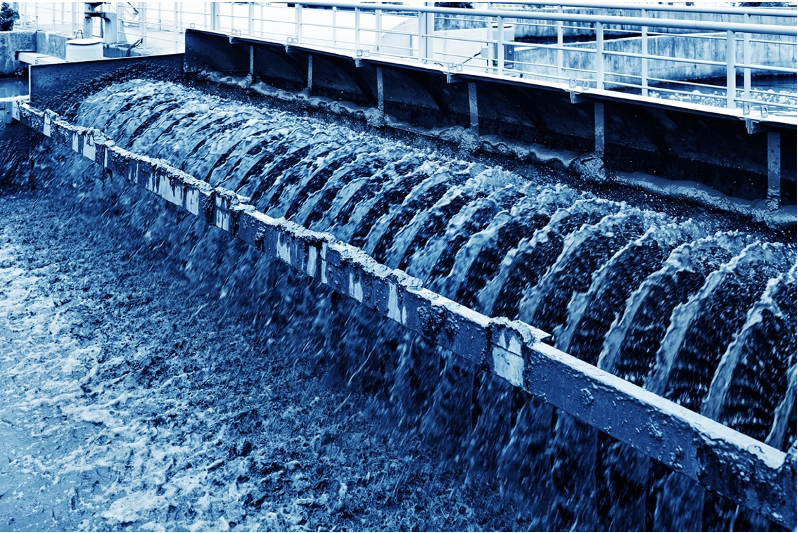
Data Centers: The Surprising Water Guzzlers Behind AI’s Magic
In the age of technological marvels, artificial intelligence (AI) has emerged as a game-changer, powering innovations that seemed unimaginable just a few years ago.
Behind the scenes of AI’s brilliance, however, lies a remarkable yet often overlooked truth – the tremendous water consumption of data centers that make these innovations possible.
As we marvel at the wonders of Chat GPT and other AI systems, it is crucial to understand the environmental cost of their operations. In this blog, we embark on a journey to uncover the hidden thirst of AI, shedding light on the significant water usage and its implications on our planet’s sustainability.
The Coolant Chrisis: Water and AI
At the heart of every AI revolution are massive data centers housing countless servers working tirelessly to process and analyze unfathomable amounts of data. These servers generate an extraordinary amount of heat while enabling AI models like Chat GPT to understand, learn, and respond.
To put this into context, for every 20 to 50 questions ChatGPT is asked, it “drinks” a bottle of 500ml water according to new research. Scientists believe that while training GPT-3 alone, Microsoft may have consumed an incredible 700,000 litres of water.
To prevent overheating and ensure seamless operations, data centers rely heavily on cooling systems – a process that makes water a precious commodity.
Other reasons for this massive AI related Water Consumption
- Evaporative Cooling Towers: Many data centers use cooling towers that rely on evaporative cooling to regulate the temperature. Water is sprayed over the cooling towers, and as it evaporates, it takes away the excess heat from the servers. This process helps maintain the data center’s internal environment at an acceptable temperature.
- Air Humidification: In some cases, data centers might need to control humidity levels to prevent equipment damage. Humidification systems may use water to add moisture to the air when needed.
- Water-Based Fire Suppression Systems: Data centers require fire suppression systems for safety. Water-based fire suppression systems, such as sprinklers, are commonly used to quickly control and extinguish fires. While they are effective, they can lead to water usage.
- Facility Maintenance: Water is also used for general facility maintenance, cleaning, and other operational purposes.
- Water Leakage and Waste: Data centers are complex infrastructures with various water-carrying systems, and leaks can occur. Additionally, some data centers may not have the most efficient water management systems, leading to potential water waste.
The impact of data centers on water resources and sustainability can be a concern in certain regions, especially if the data centers are located in water-scarce areas. The high demand for cooling can strain local water supplies and contribute to environmental issues like increased water stress and reduced water availability.
To mitigate the environmental impact, data centers are exploring various strategies:
- Efficient Cooling Technologies: Research and development efforts focus on more efficient cooling methods that use less water or alternative cooling techniques, such as liquid immersion cooling or direct evaporative cooling.
- Water Recycling: Some data centers are implementing water recycling systems to reuse water for non-potable purposes like cooling towers and facility maintenance.
- Renewable Energy: Transitioning to renewable energy sources can reduce the indirect water impact associated with data centers if they are located in areas where traditional energy generation relies heavily on water.
- Water Sourcing: Data centers are increasingly considering the location of their facilities and the availability of water resources in those regions to make more sustainable choices.
- Monitoring and Optimization: Regular monitoring of water usage and implementing optimization strategies can help data centers become more water-efficient.
It’s essential to recognize that data centers play a crucial role in supporting modern technology and our digital society.
Balancing their operational needs with sustainability and environmental considerations is an ongoing challenge, and continuous efforts are being made to improve their efficiency and reduce their environmental footprint.






About The Author: Pure Water
More posts by Pure Water